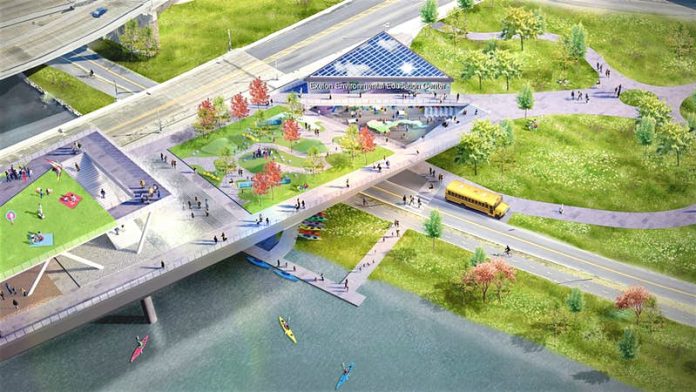Between New York’s High Line and Chicago’s 606, rails-to-trails parks are popping up in cities around the US—and now the nation’s capital is getting in on the action. It’s still a few years away from completion, but when it opens in 2023, the 11th Street Bridge Park will be the first elevated public space of its kind in Washington, DC.
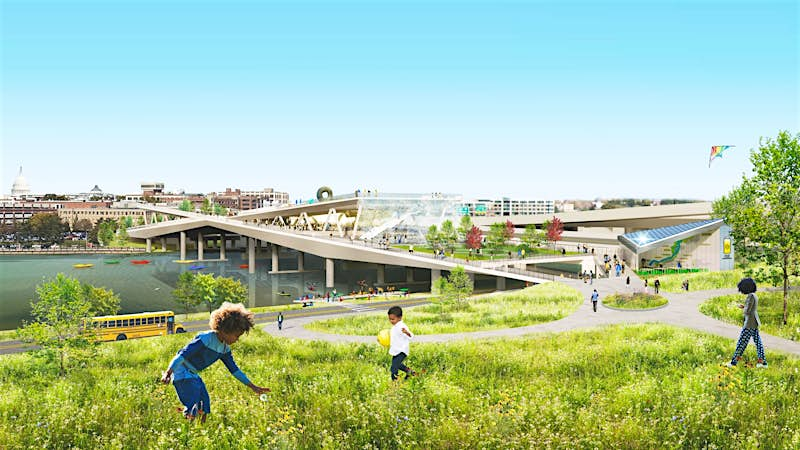
Linking Ward 8 and Capitol Hill above the Anacostia River, the park will bring gardens and greenery to an otherwise underused stretch of concrete. Planners told the Washington Post that as of July, about 80% of the necessary public and private funding was in place, and the community-driven recycled infrastructure project seems to be inching ever-closer to its goal.
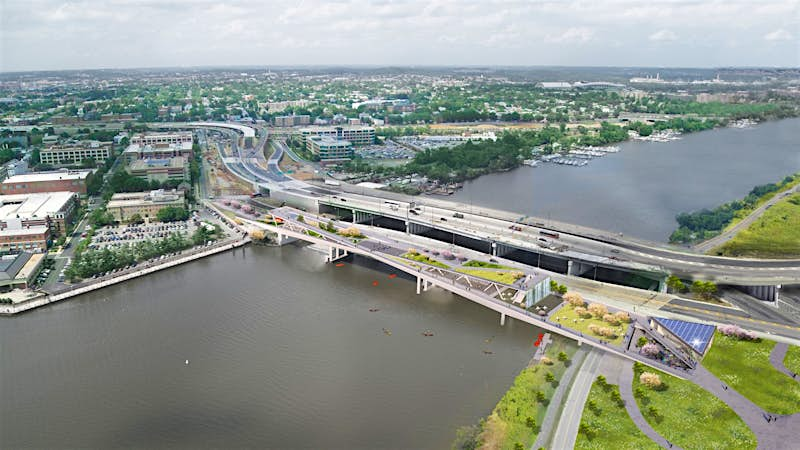
Relying on extensive outreach and consultation at every step of the way, the park was conceived with the people who would ultimately use it first in mind. “Many infrastructure projects begin with the design. We started with asking the community, ‘Is this something you want?’ and allowing them to shape every aspect of our work [through] 1000 meetings with local residents, faith leaders, business owners, and municipal officials,” says communications and community engagement manager Jessica G. Smith.
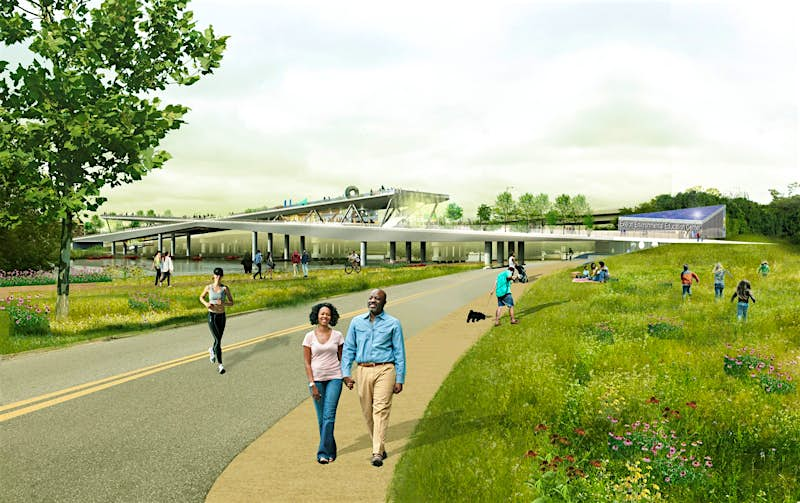
It’s that engagement that’s informed everything from the park’s programming to the architects selected for the project, she adds, as well as an equitable development plan that covers housing, workforce, small-business, and cultural-equity strategies, weaving the community response into the very heart of the project’s design. “While that has taken some time,” Smith says, “it has ensured a new civic space that meets the needs of District residents while flagging any concerns to address early so we can act intentionally.”
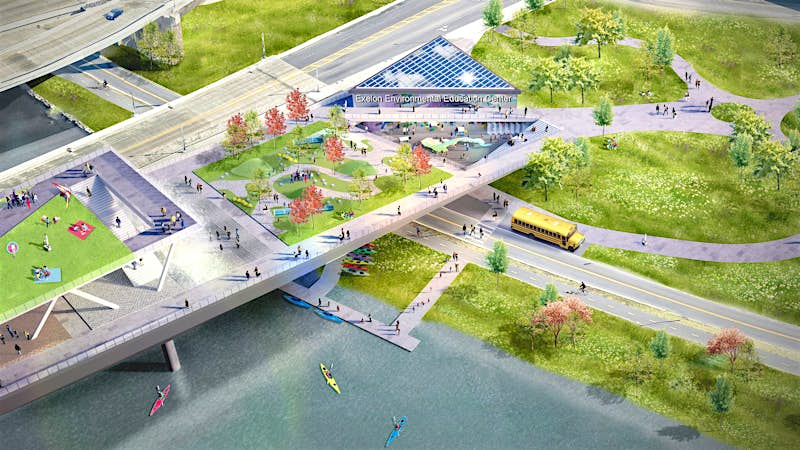
The design process began back in 2014, with a seven-month competition to choose a team to lead the way. The jury ultimately selected the unique vision put forward by architects OMA + OLIN, which plans to use the piers from the old 11th Street vehicular bridge to form the base of the park, connecting the east and west communities across an expanse of green space. Pre-construction began in 2016, the project should break ground in 2021, and it’s expected to open to the public two years later.
“The beauty of this bridge is not only will it connect us to Capitol Hill, but … it will heal our communities,” Ward 8 resident Brenda Richardson told the Post this summer. “There’s great trauma on our side of the river, and we are looking for some happiness and some joy.”

